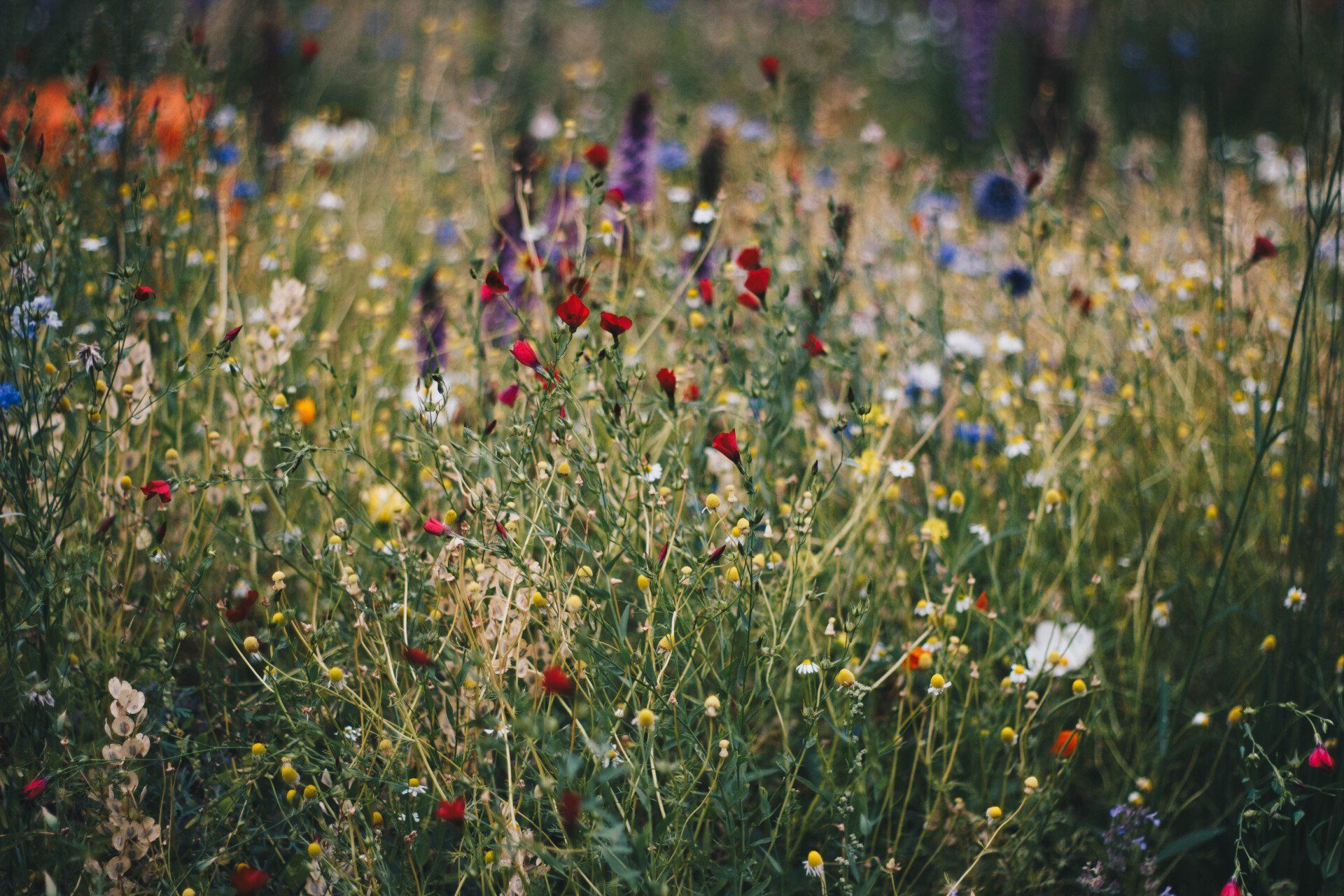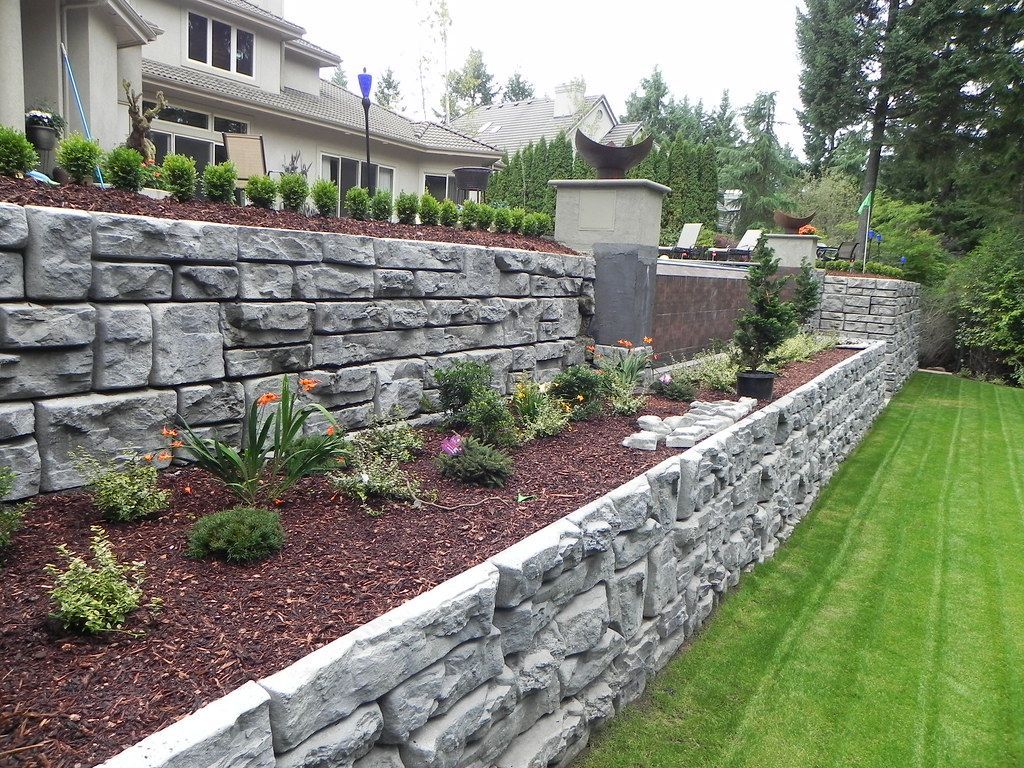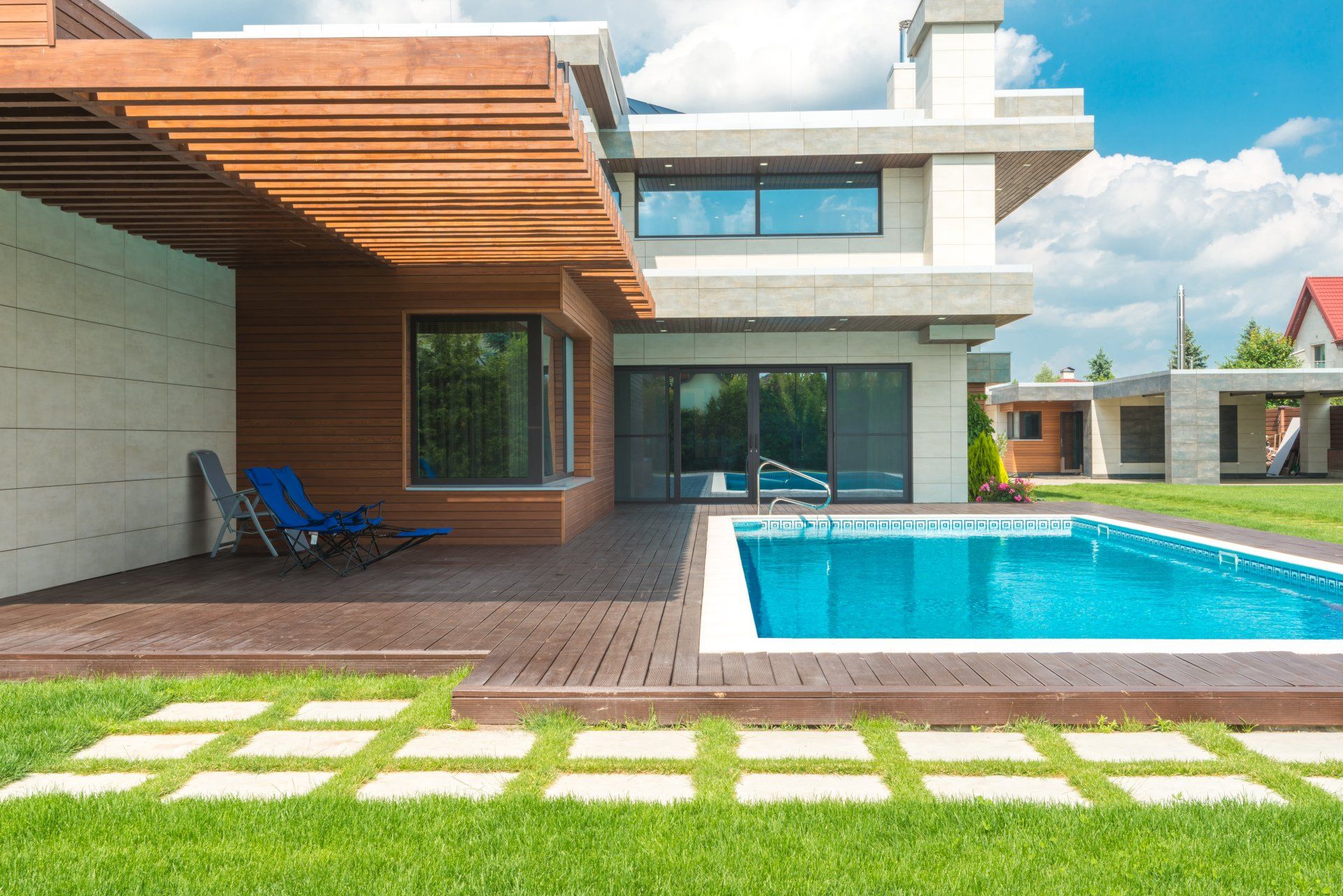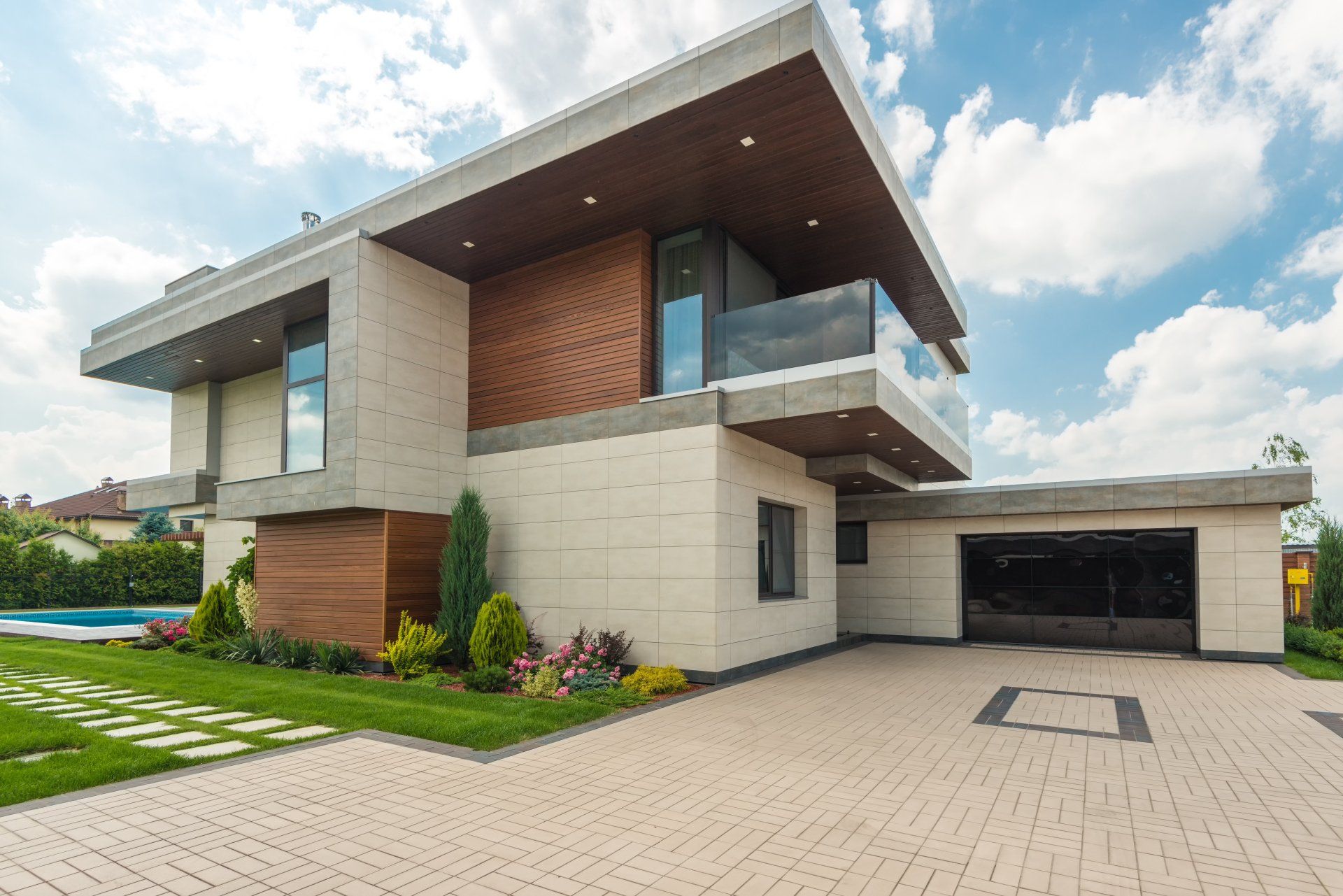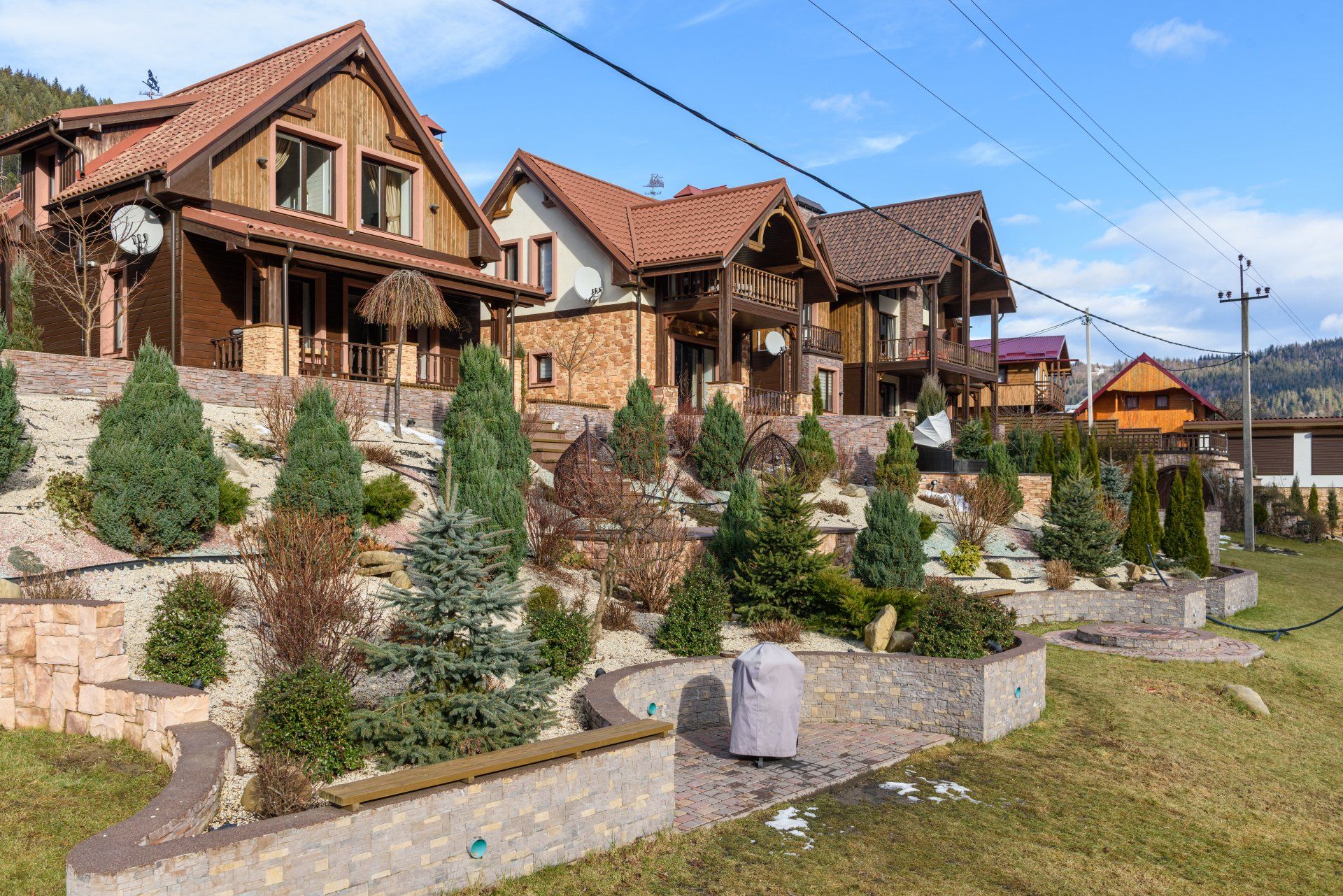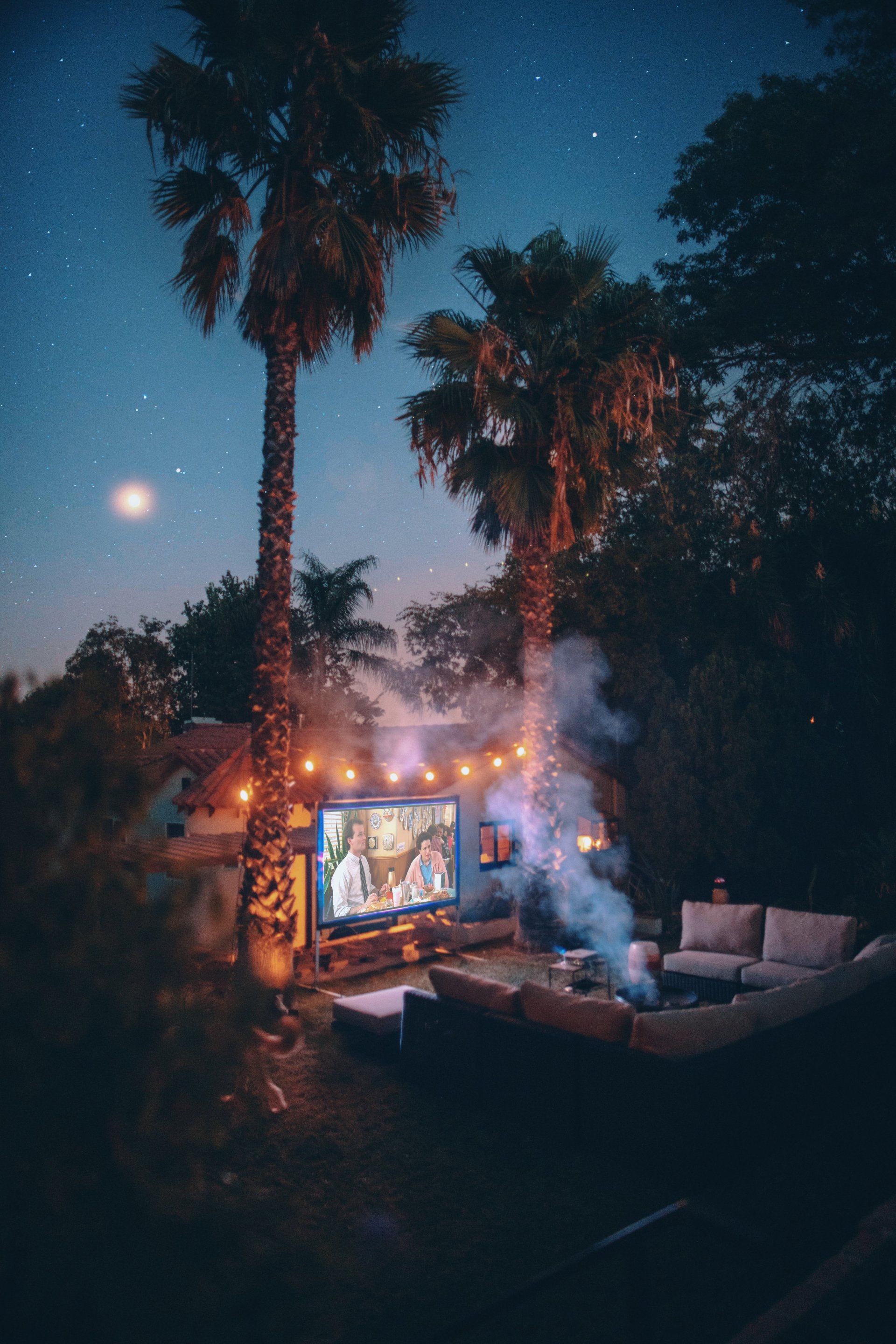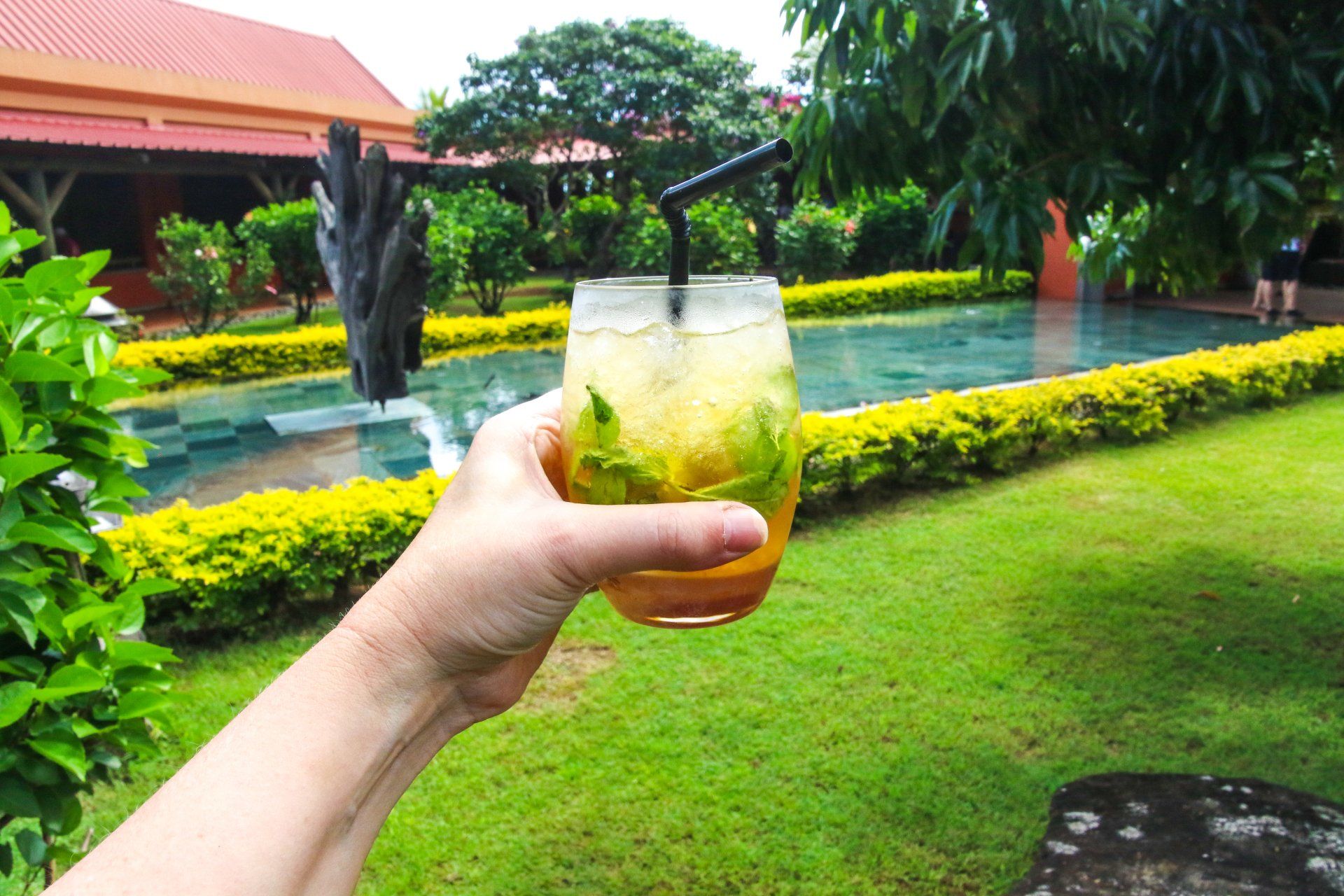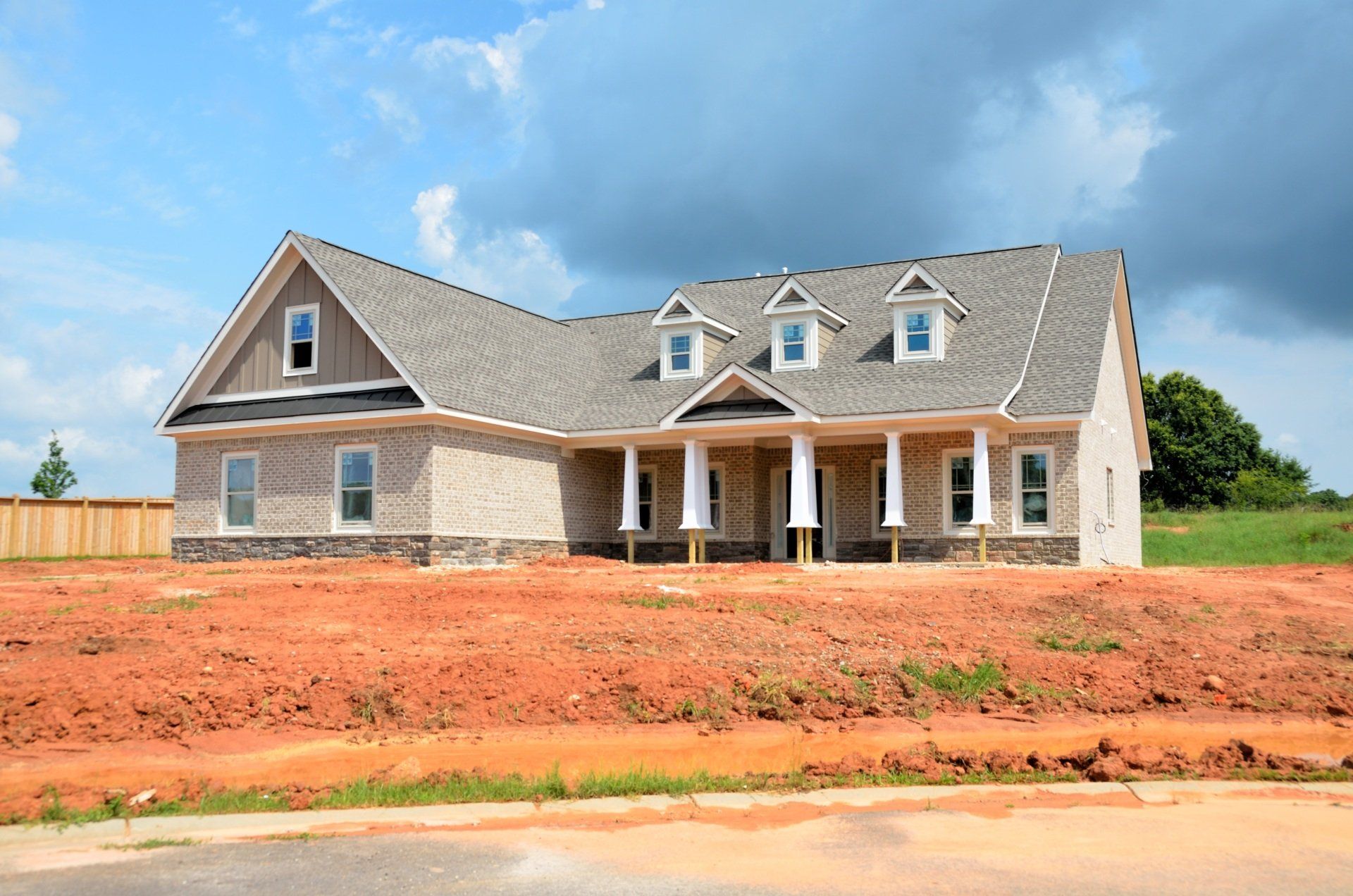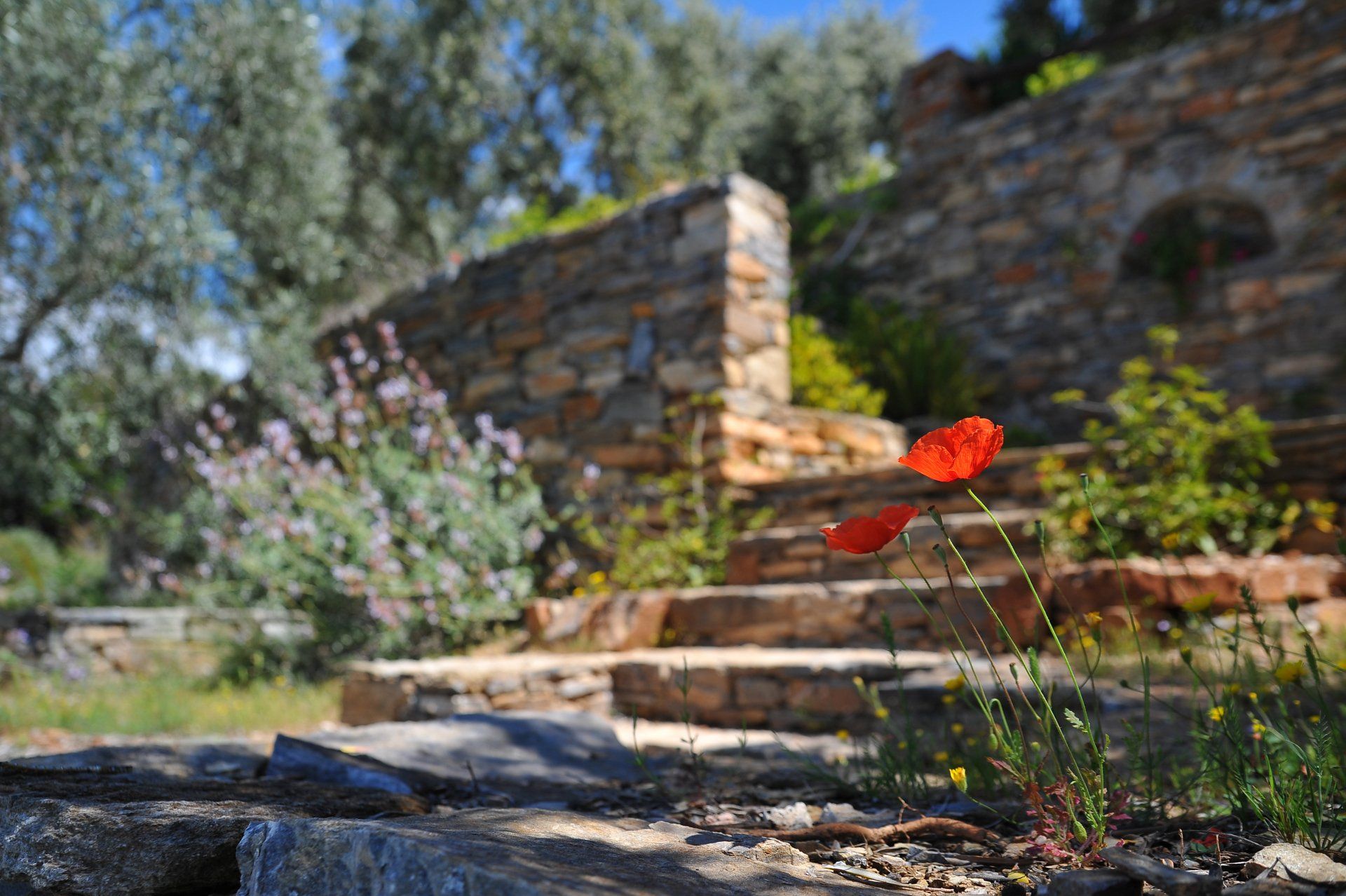Why Is Plant Spacing So Important?
Landscape Spacing Is Important
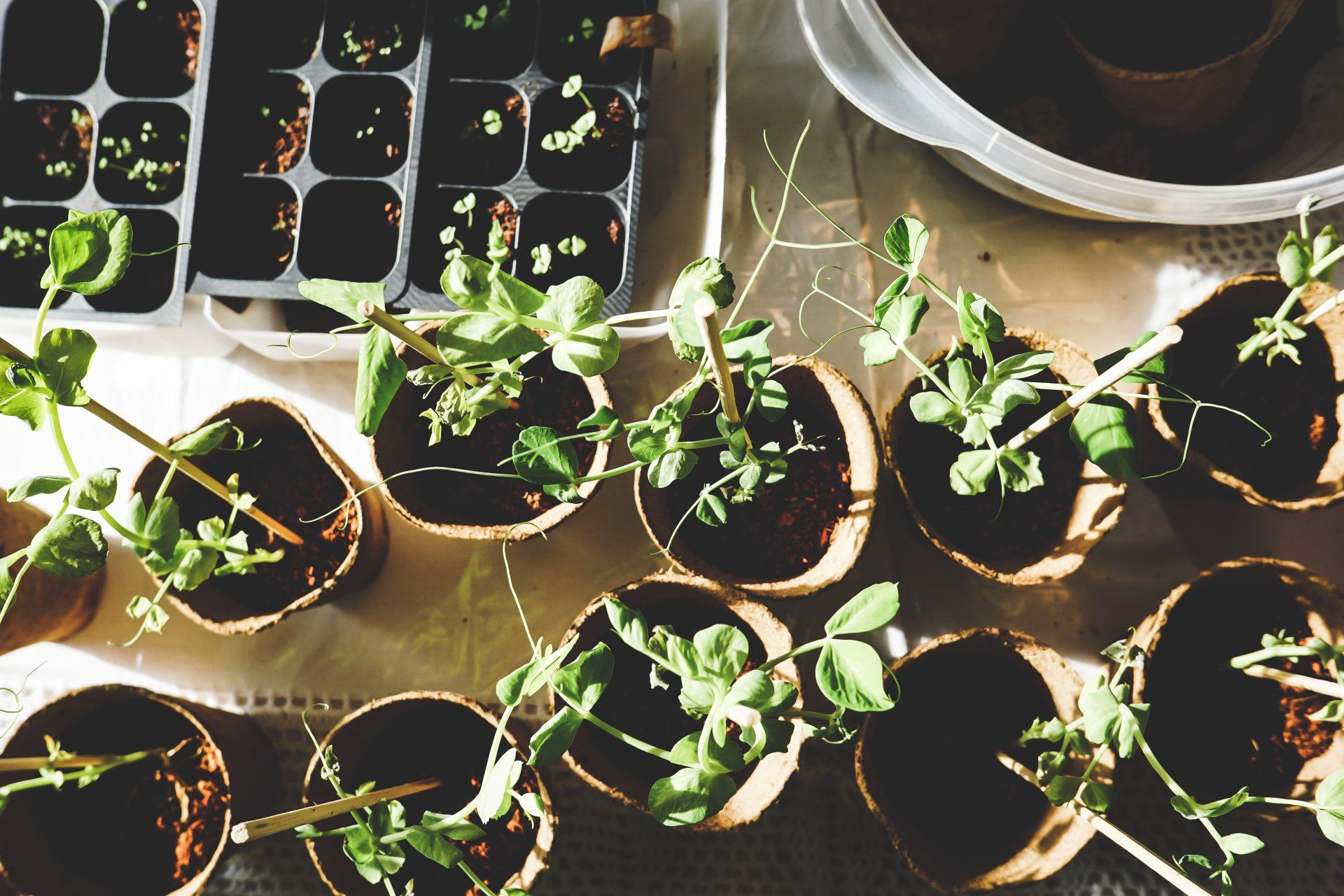
When it comes to planting, there is more to consider than just digging a hole and putting the plant in. In fact, spacing your plants correctly is essential for successful gardening. Plant spacing ensures that each individual specimen receives enough light and air flow for healthy growth, as well as giving your garden a balanced aesthetic look. Furthermore, it helps avoid overcrowding of the root systems of different plants, thus preventing them from competing for nutrients and water resources. Of course, the best way to ensure optimal plant spacing is to use the traditional methods of measuring out space between each individual plant by hand. However, modern gardeners now have access to technology that can make this process easier and even more accurate than ever before. For example, laser distance meters can measure distance with pinpoint accuracy while also accounting for any changes in elevation and slope - something that may be especially useful when dealing with larger plants or those located on hillsides. Additionally, gardeners can use GPS-enabled devices such as smartphones or tablets to calculate distances via mapping applications or satellite imagery. No matter which method you choose however, proper plant spacing is crucial for producing beautiful gardens that will last through many seasons of growth without fail!
When planting, take into account the future size of the plant.
Planting can be an exciting part of landscape design - from selecting the plants themselves to figuring out where and how to put them in the ground. But one very important element that's often overlooked is future growth. You need to think ahead and anticipate how large the plants will become in a few years' time, otherwise, you could find yourself with some very crowded flower beds or a mismatched garden. For this reason, it's important to take into account the size of your plants before planting. Make sure to look at plant tags or labels that list the mature size so you can find suitable spacing when setting up your landscape design. And don't forget that trees and shrubs grow much faster than annuals and perennials - so keep those extra-large specimens away from walkways, patios, and other areas where they would block visibility, prohibit foot traffic or inhibit airflow when fully grown. By taking future size into account when planning your landscape, you'll ensure your garden remains attractive for many years to come!
Plants compete for resources and sunlight, which can stunt their growth.
Have you ever thought about landscape design and the importance of spacing plants correctly? It's a common mistake to plant flowers, shrubs, and trees too close together, but it can have disastrous consequences. Plants need good air circulation to thrive, and they will often compete for resources and light if they are planted too close together. This can cause their growth to be stunted in some cases, with undersized leaves and pale colors all around. Plus, overcrowding makes it more difficult to spot pests or diseases before they spread across your landscape. When in doubt, landscape designers recommend staggering flower beds, giving trees enough space for their root systems to spread out, and ensuring shrubs have plenty of room to breathe. Not only does this help your landscape look neat and organized—but it also helps it thrive! When in doubt, space your plants according to the manufacturer's recommendations and keep an eye out for any potential growth problems that could arise from overcrowding. By doing so, you'll have a landscape that is both beautiful and healthy for years to come!
If too far apart, the plants won't be able to support each other
Planting too close together or too far apart can have a huge impact on landscape design. When you plant too close, the plants compete for resources and often crowd each other out. Plus, planting too close means increased pruning maintenance; you'll want to give each plant enough space for its roots to stretch out and access essential nutrients, as well as enough air circulation to prevent diseases from setting in. On the other hand, if you plant too far apart, the plants won't be able to support each other and could topple over in high winds. That's why landscape designers are careful not to make this mistake. They consider soil type, sun exposure, water drainage needs, and much more to create a landscape that's both aesthetically pleasing and structurally secure. Even if you're new to landscape design, it pays off to spend time learning about these elements so your garden can thrive – no matter how big or small!
Consult with a landscape designer or do some research online
Gardening can be a highly rewarding experience, but it also requires the right kind of planning. One important factor to consider is how much space your plants will need in order to thrive. If you're unsure, the best way to figure that out is to consult with an experienced landscape designer or do some research online. Professional designers will have the expertise and specialized software needed to accurately calculate the exact dimensions of a garden or planter box that's tailored to your needs. For those who choose the DIY route, there are many informative websites available with detailed advice on everything from plant selection to spacing requirements. The beauty of having an online resource is that you don't even have to leave your house--you can find all the information you need for successful gardening in just a few clicks! Ultimately, whether you choose a professional or go at it alone, doing some basic research upfront can save a lot of time and money down the road when getting your outdoor space ready for planting season.
Once you have your plant space needs, give them enough room to grow!
When you start a garden, it can be tough to figure out how much space your plants need. After all, they're growing in different directions and at different speeds. The best way to ensure that your plants have enough room is to make sure you plan ahead when deciding where to plant them. When you are choosing a spot for each plant, take into consideration the size of the adult plant and its root system. Plus, remember that many plants need companion plants for support and shelter. If you crowd too many of them together, not only will they suffocate one another, but they also won't get enough sunlight or access to other essential nutrients. To avoid this problem, give each of your veggies and herbs enough room so they can grow up healthy and strong! With a little bit of planning and strategy, you'll increase the yield of your harvest in no time!
If you're looking to increase the yield of your harvest, it's important to plan ahead and give each plant enough room to grow. By considering the size of the adult plant and its root system, as well as how much space companion plants need, you can create a garden that is both beautiful and healthy. With a little bit of research and planning, you'll be able to enjoy a bountiful harvest year after year!
And, don't forget to consult a professional landscape designer if you have questions or need more guidance – they'll be able to help create a garden that is tailored to your needs and goals.
As gardening brings us closer to nature and helps us in creating an eco-friendly environment, it is essential to keep in mind all the factors that can contribute to a healthy and productive garden. By knowing the right amount of space your plants need, consulting with a professional landscape designer, and doing some research online, you can ensure your garden is both aesthetically pleasing and structurally secure. Happy gardening!
See Previous Post Here:
https://www.savannah-landscape.com/creative-landscape-designs-to-add-privacy-to-your-backyard
